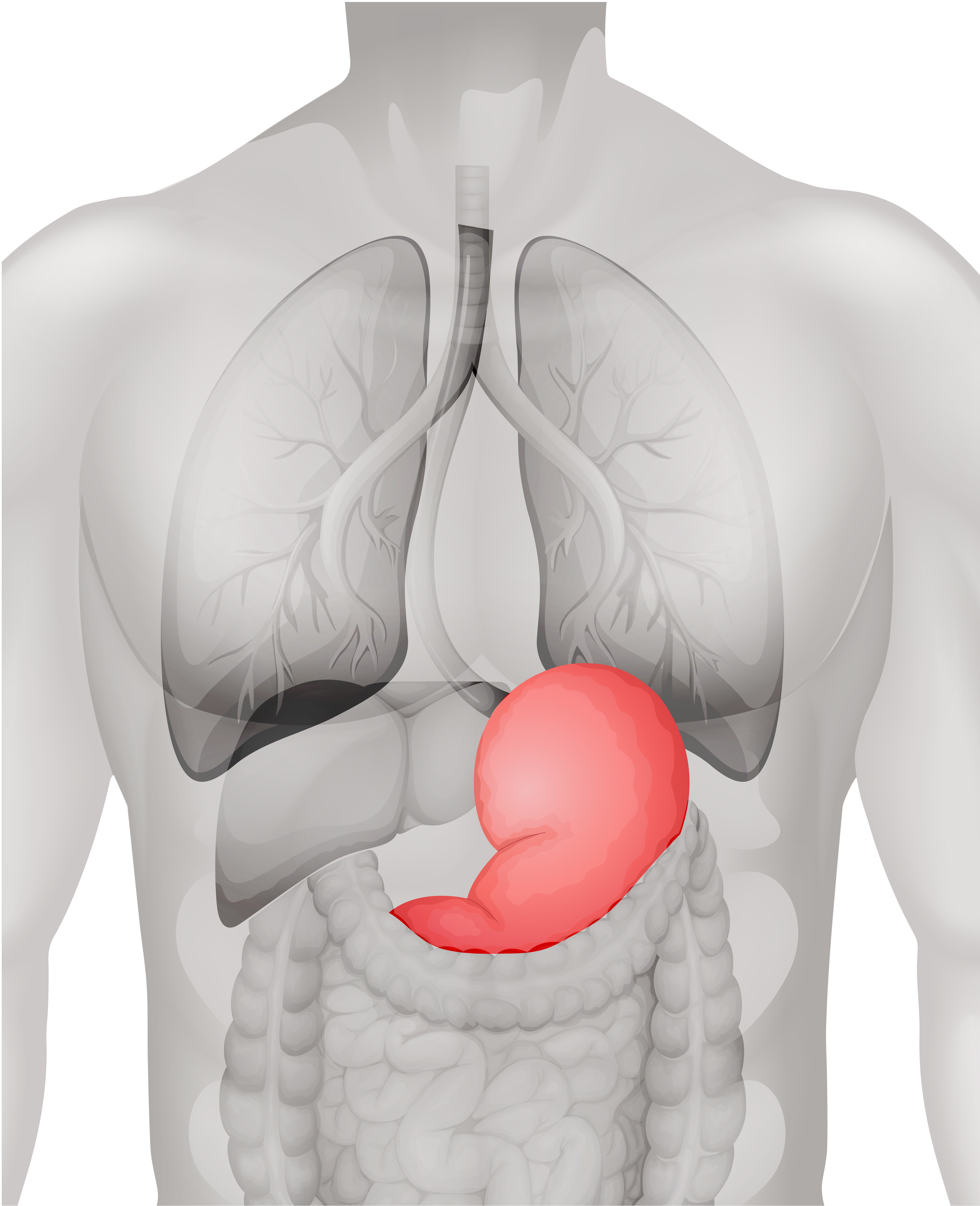
Human stomach diagram in detail 365742 Vector Art at Vecteezy
The human stomach is subdivided into four regions: the fundus, an expanded area curving up above the cardiac opening (the opening from the stomach into the esophagus); the body, or intermediate region, the central and largest portion; the antrum, the lowermost, somewhat funnel-shaped portion of the stomach; and the pylorus, a narrowing where the stomach joins the small intestine.
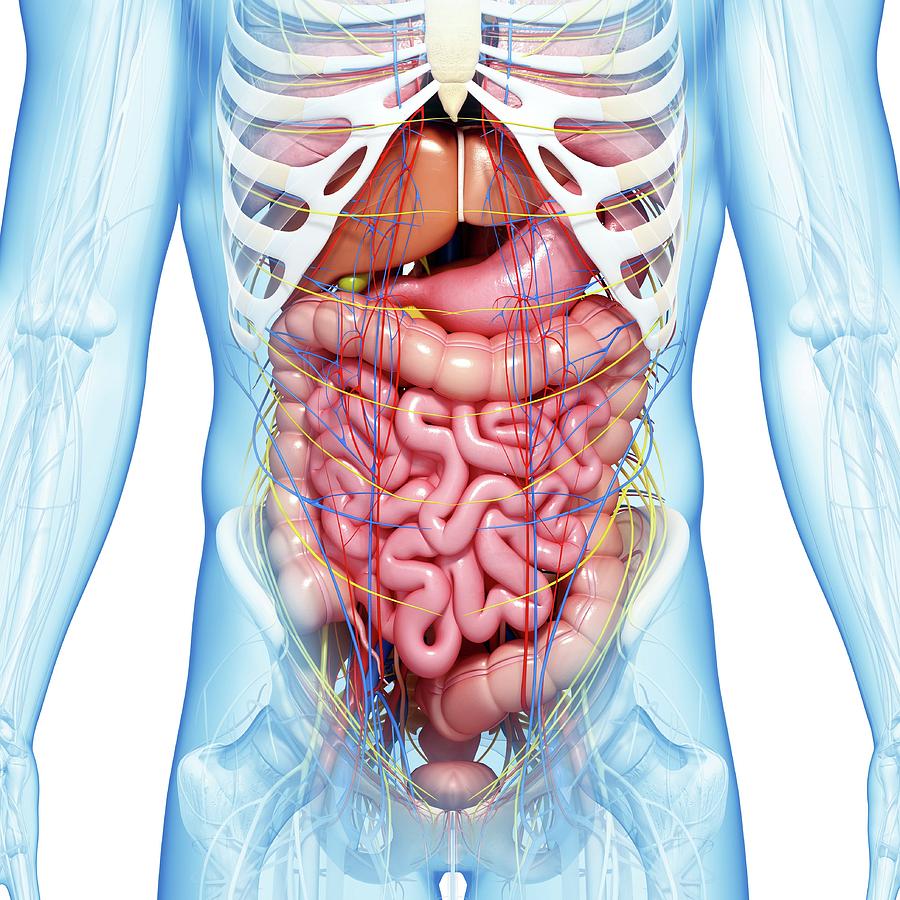
Abdominal Anatomy Photograph by Pixologicstudio/science Photo Library
Browse 2,762 human stomach internal organ photos and images available, or start a new search to explore more photos and images. Browse Getty Images' premium collection of high-quality, authentic Human Stomach Internal Organ stock photos, royalty-free images, and pictures.
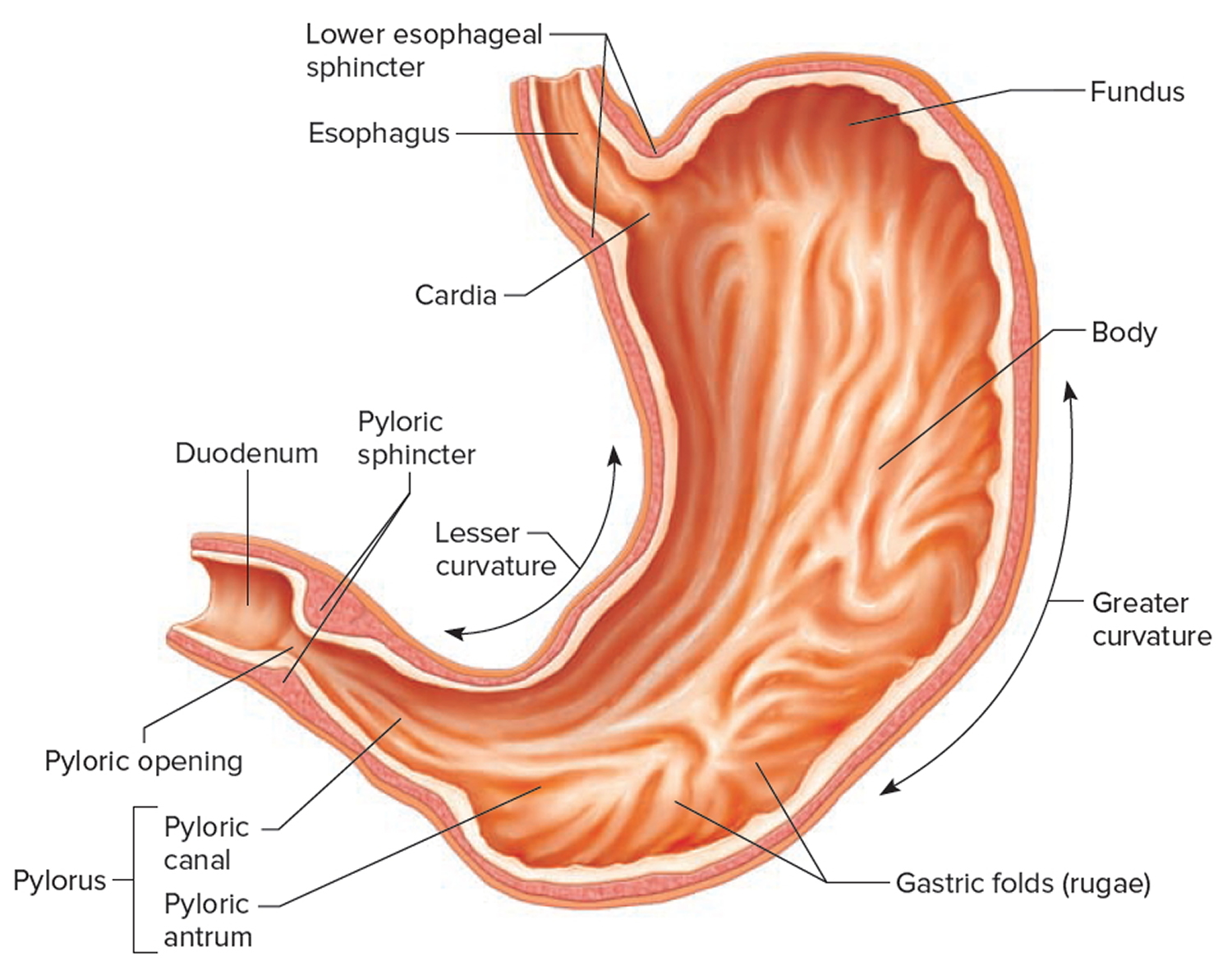
The Stomach Organs Parts, Anatomy, Functions of the Human Stomach
Picture of Abdomen The abdominal cavity is the part of the body that houses the stomach, liver, pancreas, kidneys, gallbladder, spleen, and the large and small intestines. The diaphragm marks the top of the abdomen and the horizontal line at the level of the top of the pelvis marks the bottom.
:background_color(FFFFFF):format(jpeg)/images/article/en/lymphatics-of-abdomen-and-pelvis/CFxbcqdcUwLVZRN9LJrZSw_w57SKA1XkTBx6XE5yYXYEw_Thoracic_Duct_1.png)
Lymphatics of abdomen and pelvis Anatomy and drainage Kenhub
The gastrointestinal (GI) tract is a collection of organs that allow for food to be swallowed, digested, absorbed, and removed from the body. The organs that make up the GI tract are the mouth, throat, esophagus, stomach, small intestine, large intestine, rectum, and anus. The GI tract is one part of the digestive system.
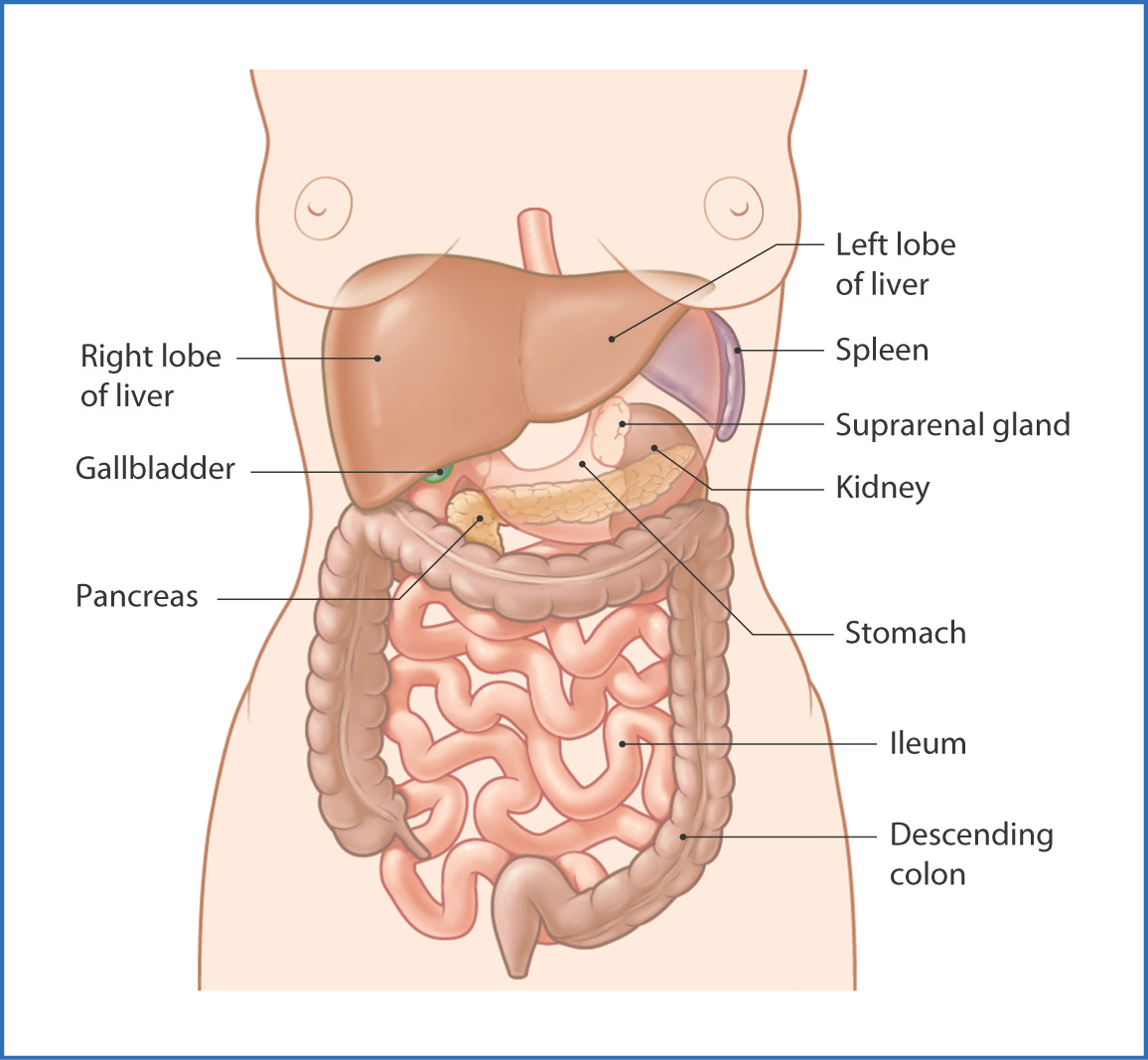
Abdominal Organs Basicmedical Key
Human body with internal organs. "Human body with internal organs, composite by brain, heart, stomach, liver, pancreas, spleen, lungs, kidneys, colon, large and small intestines and so on. Great to be used in medicine works and health. Front view. Isolated on a black background."
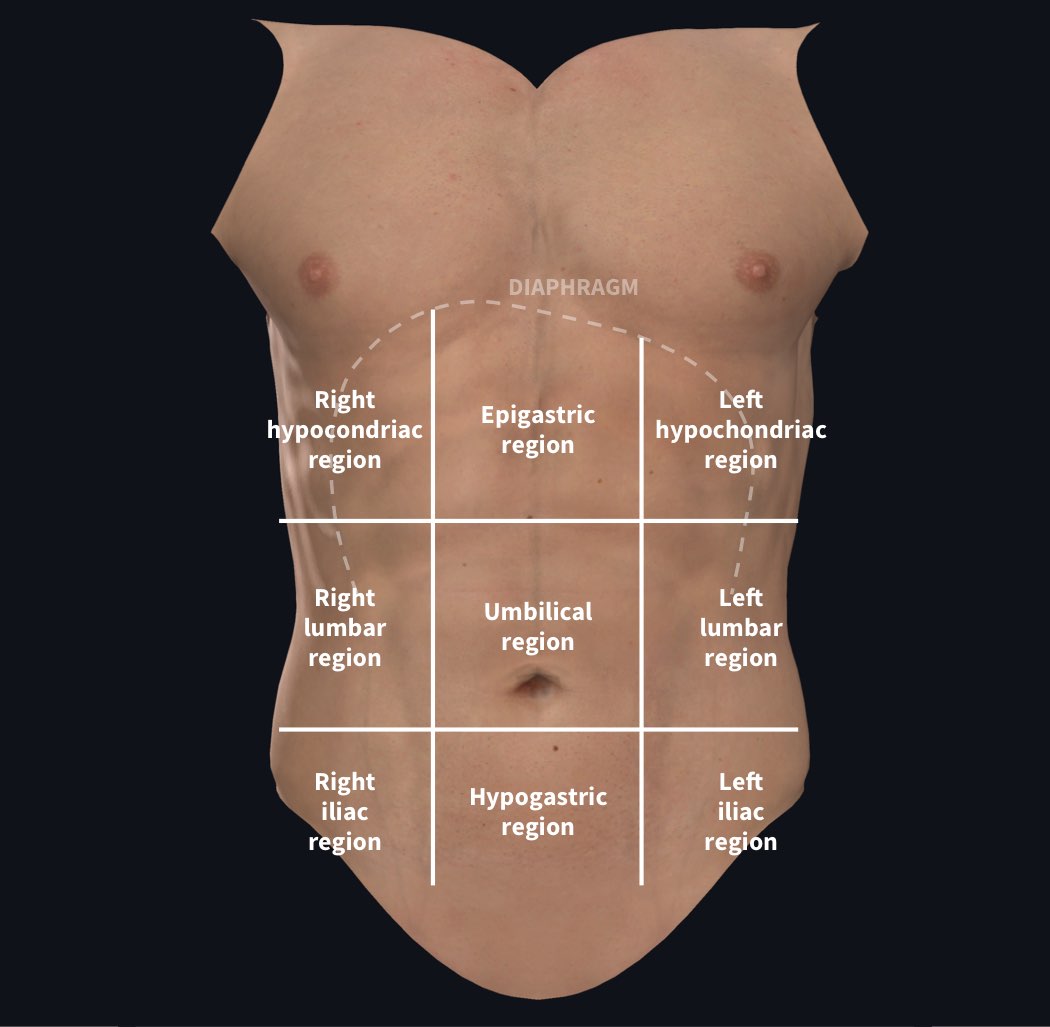
Understanding abdominal divisions Anatomy snippets Complete Anatomy
88,888 stomach anatomy stock photos, 3D objects, vectors, and illustrations are available royalty-free. See stomach anatomy stock video clips Filters All images Photos Vectors Illustrations 3D Objects Sort by Popular Futuristic Medical Hologram Neon Glow Translucent Human Stomach Digestive System Backdrop Background Illustration

The Stomach Organs Parts, Anatomy, Functions of the Human Stomach
Stomach Anatomy Photos and Premium High Res Pictures - Getty Images Browse Getty Images' premium collection of high-quality, authentic Stomach Anatomy stock photos, royalty-free images, and pictures. Stomach Anatomy stock photos are available in a variety of sizes and formats to fit your needs. Browse Boards AI Generator Sign in Browse Creative
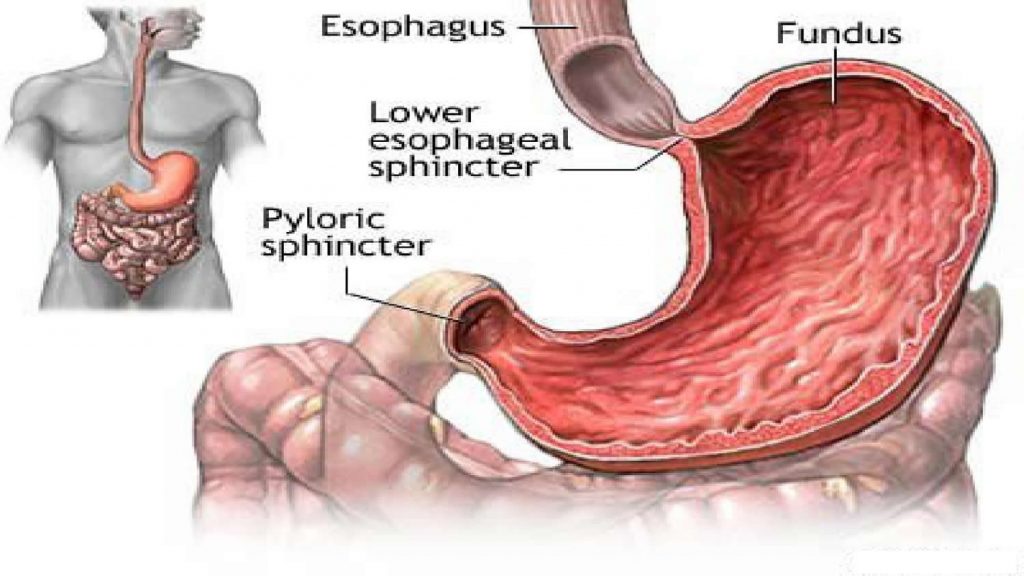
The Stomach Organs Parts, Anatomy, Functions of the Human Stomach
Stomach Stomach Your stomach is a muscular organ that digests food. It is part of your gastrointestinal (GI) tract. When your stomach receives food, it contracts and produces acids and enzymes that break down food. When your stomach has broken down food, it passes it to your small intestine.
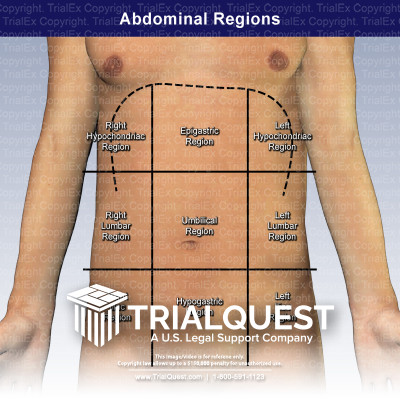
Abdominal Regions TrialExhibits Inc.
Browse Getty Images' premium collection of high-quality, authentic Human Stomach Anatomy stock photos, royalty-free images, and pictures. Human Stomach Anatomy stock photos are available in a variety of sizes and formats to fit your needs.

Anatomical Regions SCIENTIST CINDY
The stomach is located inside the abdominal cavity in a small area called the bed of the stomach, onto which the stomach lies when the body is in a supine position, or lying face up.It spans several regions of the abdomen, including the epigastric, umbilical, left hypochondriac, and left flank regions.The stomach also has some precise anatomical relations and comes in contact with several.
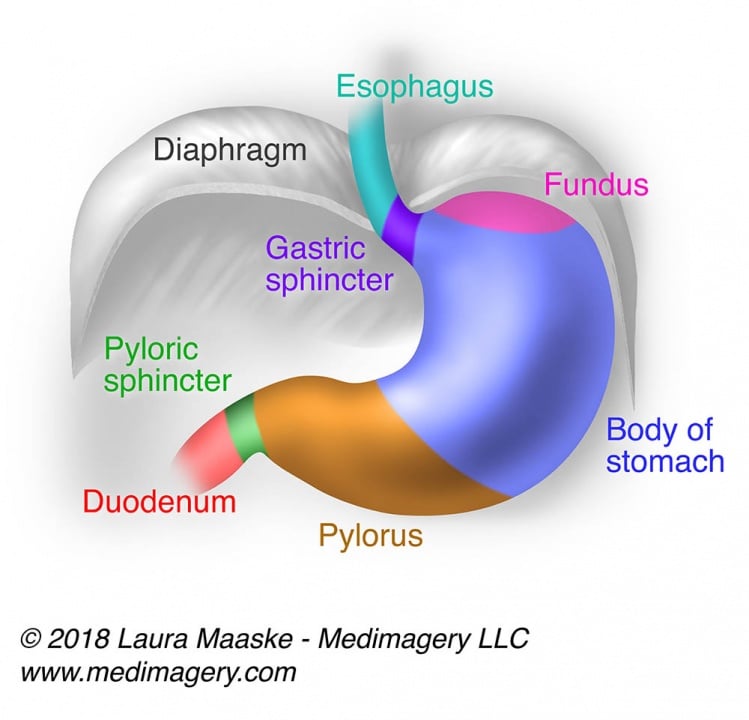
Illustrated Gastric Stomach Layers 3 Layers of the Stomach Anatomy
The stomach, gallbladder, and pancreas all share the common function of secretion of substances from exocrine glands. The stomach contains 3 different exocrine cells inside of its gastric pits: mucous cells, parietal cells, and chief cells. Mucous cells produce mucus and bicarbonate ion that cover the surface of the stomach lining, protecting.
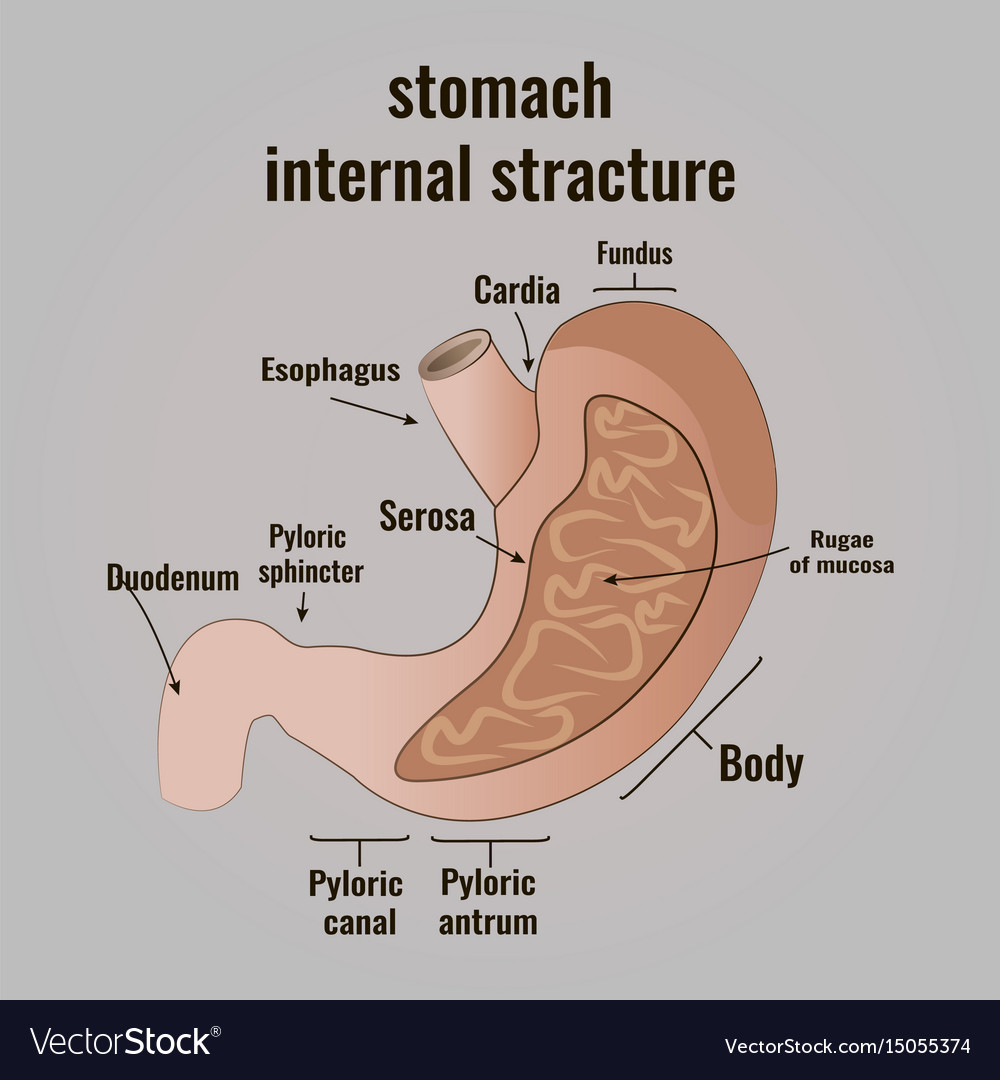
The anatomy of the human stomach Royalty Free Vector Image
Abdominal Muscles. Your abdominal muscles have many important functions, from holding organs in place to supporting your body during movement. There are five main muscles: pyramidalis, rectus abdominus, external obliques, internal obliques, and transversus abdominis. Ab strains and hernias are common, but several strategies can keep your abs.

Structure and function of stomach anatomy system Vector Image
Located in the upper-left section of the abdomen, the stomach is a visceral organ that lies beneath the diaphragm. The average length of this muscular organ is about 10 inches. It extends between the seventh thoracic vertebra (T7) and the third lumbar vertebra (L3). It is an organ of the digestive system.
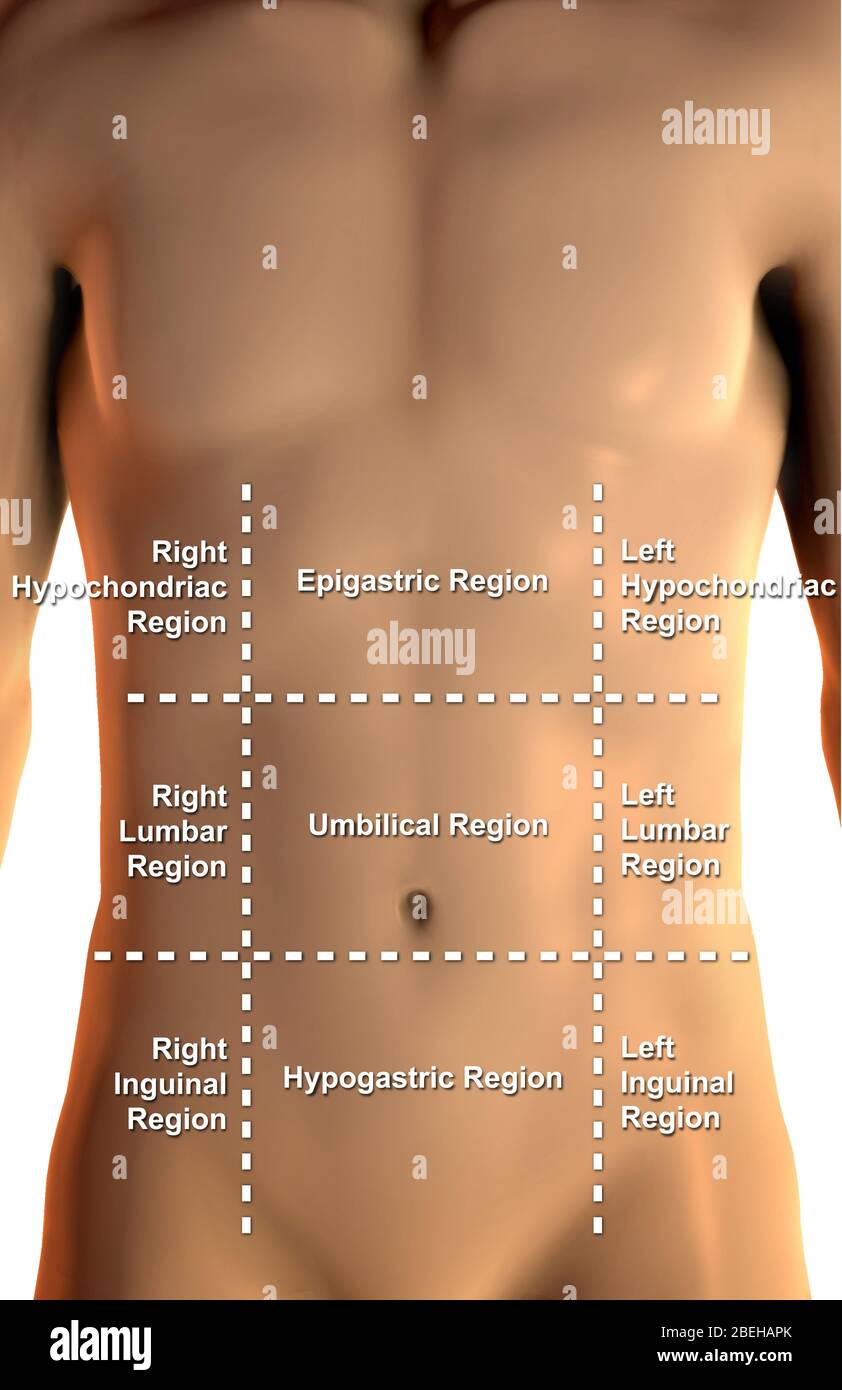
Abdominopelvic Regions, labeled Stock Photo 353194203 Alamy
Abdominal Organs Anatomy, Diagram & Function | Body Maps Human body Digestive System Bones and Organs Bones and Organs At the height of the cavity is the liver, the body's largest organ. It acts.

Anatomy of the stomach Surgery Oxford International Edition
Digestive system diagram Yaja' Mulcare The digestive organs in the abdomen do not work alone. They depend on organs in the mouth and chest, such as the esophagus and tongue, to help chew, move.

human body normal stomach chart
Picture of Stomach The stomach is the muscular organ that receives food and drink after they travel down the esophagus. The separation between the esophagus and the stomach is a valve called the lower esophageal sphincter. The stomach lining contains muscular folds called rugae. The stomach releases enzymes and acid to help digest food.